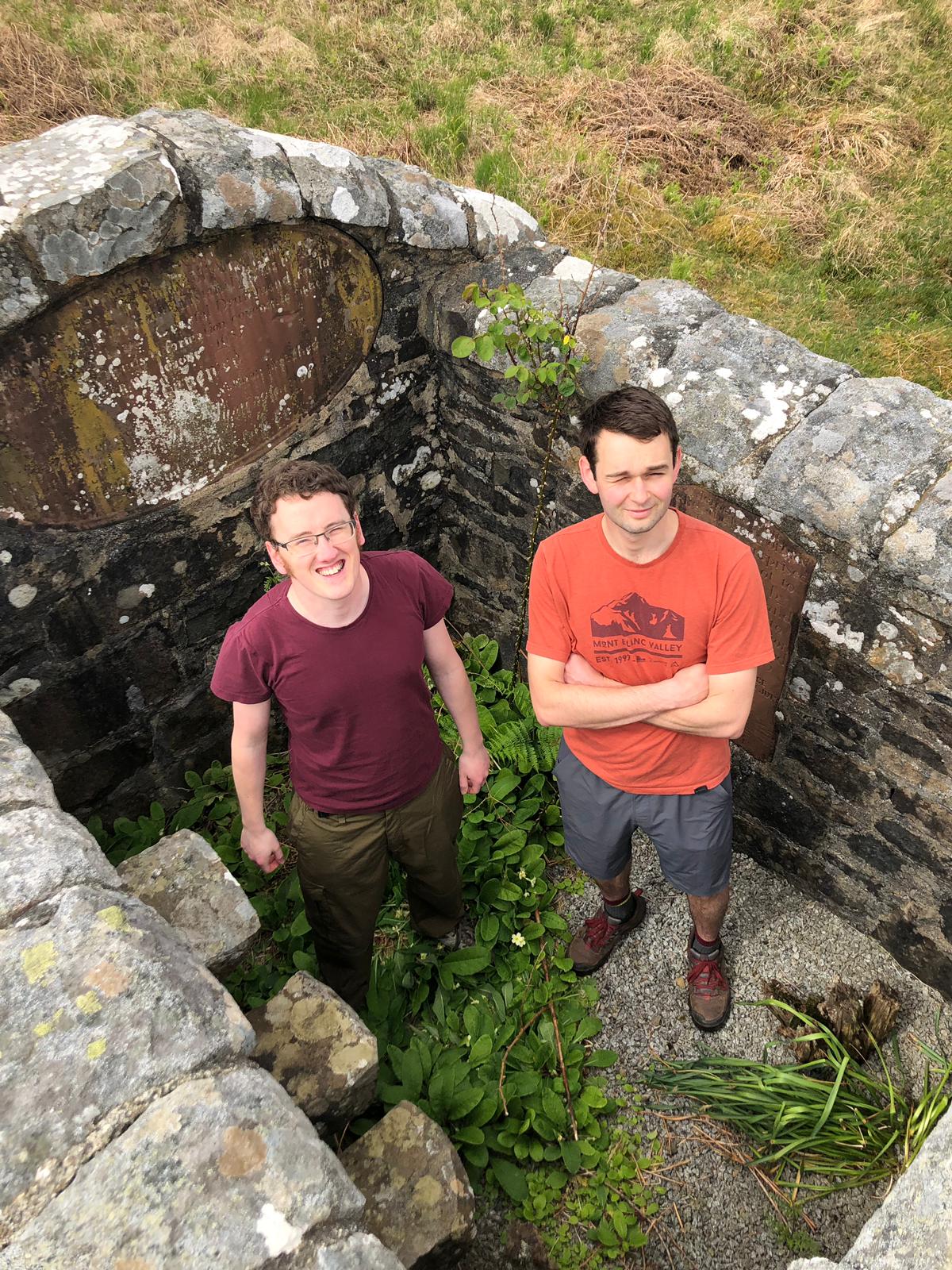Back in November, Stephen and Carla attended the annual Banner of Truth Borders’ Conference in Carlisle. It was a great time of hearing from God’s word and renewing fellowship with other believers in our region. On the Saturday afternoon, Stephen had a chance to speak about gospel needs and opportunities in Stranraer, as well as in Dumfries and Galloway more generally.
The official report from the conference says of the Saturday afternoon:
“this was a particularly encouraging time as representatives reported on real-life ministry in places that are in many cases ‘off the beaten track’, whether that be Stranraer in the deep southwest of Scotland, or the small village of Charlesworth on the edge of the Peak District. It was a reminder that the Lord is at work in such places, and of the need to pray for more labourers”
You can watch a video of the opening address by Jonty Rhodes below:














